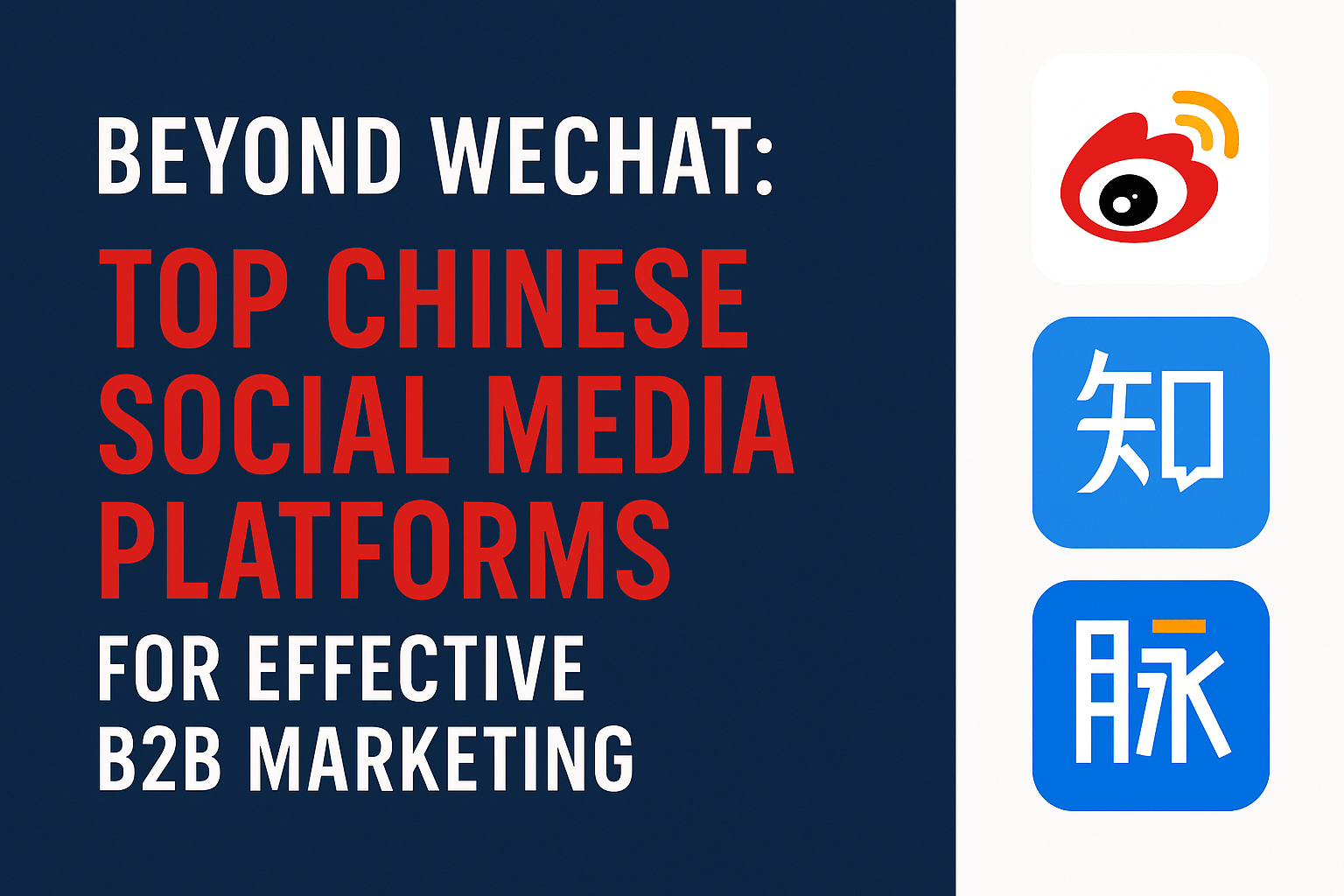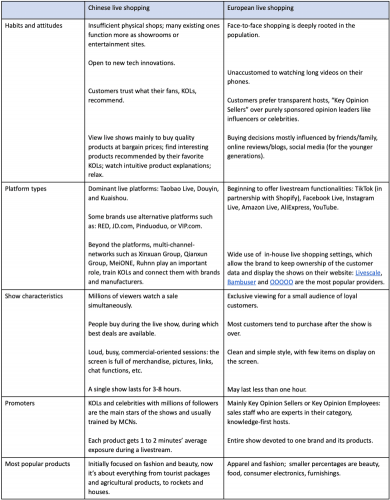Shopify and China’s JD.com team up to capture cross-border sellers
JD.com, a major Chinese online retailer, has partnered with Shopify to let global firms harness China’s massive desire for imported goods, as well as Chinese merchants, sell internationally:
- The first part of the deal will put the JD-Shopify alliance in direct competition with Alibaba (which counted 35,000 international and more than 6,000 brands entered China via Alibaba)
- JD’s account creation process will take 4 weeks instead of 1 year for Shopify-powered firms to start selling. The platform will leverage technologies like automated translation and price conversion, as well as cargo aircraft to transport items.
- Using Shopify’s direct-to-consumer approach to export Chinese goods competes directly with market leader Amazon, which has been establishing itself as a gateway for Chinese exporters.
- The two e-commerce giants appear to complement each other — Shopify brings the range of products and JD offers its extensive global warehousing and shipping infrastructure.
Link: https://techcrunch.com/2022/01/18/shopify-jd-china-partnership/
Alipay unveils NFT-powered museum collectables in honour of Chinese New Year
Alipay is bringing a series of NFT-powered digital collectables inspired by the 12 Chinese
zodiacs, with the tiger – the Chinese New Year’s zodiac sign – as the star of the show.
A total of 24 institutions around the country are anticipated to take part and release NFT work featuring tigers. Topnod, a mini-program integrated into the Alipay app that collects, discovers and shares digital collectables, powers these NFT collectables. This new NFT marketplace was launched last year and is seen as another move into blockchain technology and NFT trading by the tech giant.
The Fortune of Patriotism, the Fortune of Prosperity, the Fortune of Harmony, the Fortune of Kindness, and the Fortune of Dedication are all represented by digital collectables.
To target a younger audience, almost 2,000 museums in China have established their own mini-programs on the site. The internet market for NFT has proven to be a successful means of bringing these cultural artefacts to China’s tech-savvy youth.
[Xiaohongshu] 6 Lessons from Chinese Beauty Brands
In 2020 China’s Beauty market was valued at USD 6.34 billion with an average growth rate of 12%.
Thanks to KOLs and KOCs, RED is the key platform for product and brand discovery.
- The Diamond-Shaped Seeding Method
- Male influencers
- Ingredients & Routine
- Meeting Needs at Speed
- High Quality & Informative Content
- Posting Frequency & Topics
Link: https://mp.weixin.qq.com/s/_LpvQ7sJnjIqLgyG-qFYQg
How Have Brands Used Channels Since Its Launch Two Years Ago?
WeChat has prioritised Channels since its launch two years ago. The following are some of the most important updates:
- In December 2020, live streamers can use live streaming filters, host lucky draws, and connect with other live streamers.
- In May 2021, Channels finalized its commercial function by adding a product tab on videos. Users can watch videos/live streams while placing orders.
- Later in October, Tencent connected WeCom and Channels so that brands can maximize the conversion opportunities of their video content. For example, sales associates can share brand Channels videos with their clients.
The 3 types of favoured content are:
- Emotion-based
- Professionally-generated content (news, official announcement)
- Entertainment
The 3 types of channel live stream are:
- Complements OA performance
- Education content
- Fashion & entertainment
Link: https://mp.weixin.qq.com/s/nieKtQ-z8ID1K8fIgkC1dw
Top 10 global consumption trends in 2022
- Stock goods: Because they couldn’t get the products and services they required on a regular basis, hoarders began to buy similar items or come up with inventive solutions.
- Low-carbon lifestyle: As public awareness of climate change grows, customers are making attempts to reduce their carbon footprint by purchasing ecologically friendly goods and taking other practical steps, and they want brands to play a role in environmental protection.
- Older consumers get involved in digital: they are comfortable with and adapt to new technology, and they can shop and use a variety of services via digital platforms.
- Rise of financial enthusiasts: Consumers’ investment confidence has gradually increased, and they know better how to improve economic security through financial management.
- Interest and purpose-oriented behaviour: The pandemic has made great changes for consumers – people have re-examined their values, lifestyles and life goals.
- Rise of the metaverse: As consumers pay more attention to the metaverse in 2022, businesses will have the opportunity to build brand value in this new digital ecosystem, promoting e-commerce and virtual goods sales.
- Second-hand consumption: With the increasing awareness of sustainability and personalization, people have gradually eliminated the prejudice against second-hand goods and promoted the development of point-to-point platforms.
- Urbanized pastoral life: More environmentally friendly activities, such as indoor agriculture and roof gardens, can be integrated into urban areas to better complement the pastoral city trend.
- Self-love: Self-acceptance, love and tolerance have become the most important life attitude of consumers. If the product can make consumers feel optimistic and confident, the brand influence will also increase.
- Return to the new normal in diversified ways: When consumers consume online for convenience or safety, they are also eager for meaningful social connections. Therefore, it is very important to adopt the mode of combining the two to meet the new normal of consumers.
Link: https://mp.weixin.qq.com/s/DnE_rpUlgWI-gi_G2NWZDg
The more social, the more social phobia, how does online social lower people’s social ability?
We constantly emphasise the Internet’s convenience and fun, but the reality is that people are becoming increasingly fearful of social situations. Although, in many situations, online social networking can efficiently overcome the inconveniences of time, geography, and form. However, an increasing number of people are avoiding face-to-face social situations.
Take a look at the social phobia search index over the last ten years, which has been steadily increasing. According to Guangming Daily’s social terrorism statistics, more than 62% of people have a clear social terrorism tendency.
Social phobia manifests itself in a variety of ways. When people meet up with acquaintances, they are hesitant to say hello and hide silently; they are also hesitant to talk in public and avoid doing so. Dinner is shared among friends, but everyone bows their heads and plays with their phones; Even the salesperson doesn’t want to ask questions when you are shopping.
The network allows for greater self-presentation: people used to try hard fitness, beauty, makeup, and plastic surgery to improve their charm and image. All problems can now be readily solved using social support software. The external image created by software will have a significant gap, in reality, causing people to be afraid of revealing their true self’s real life.
The Internet provides more social forms: they can escape the anxiety and fear of social interaction with the help of takeout, express, WeChat and games without being exposed to the sun.
The network provides stronger communication ability: on the Internet, we have more time to package our behaviour. We have enough time to think about the content of each other and trigger more interesting topics; To sort out the words you respond to.
Link:https://mp.weixin.qq.com/s/xvuPAPcWmGByKhzA20NOfg




